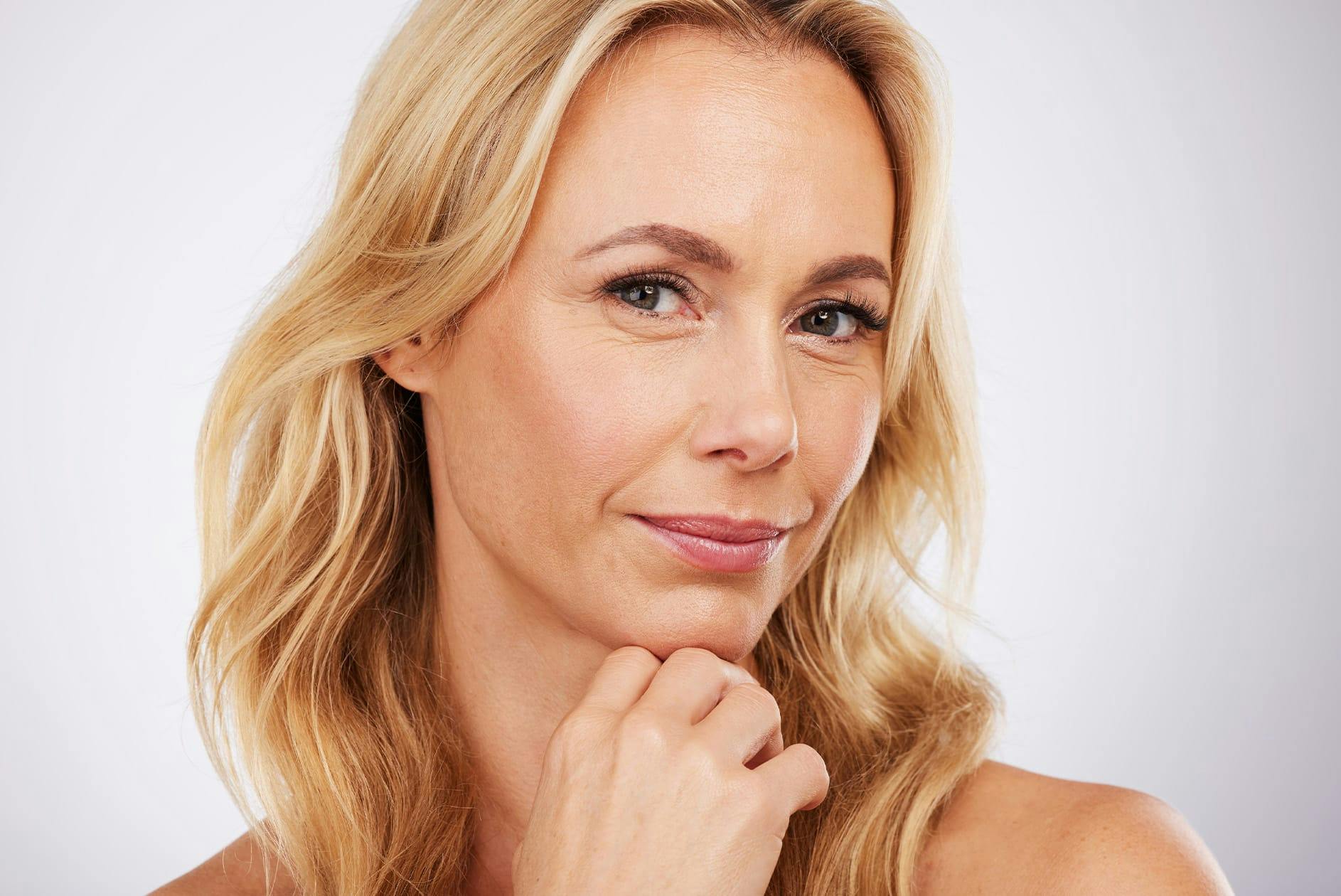You may think the first place you'll notice signs of aging is around the lower face and along the jawline. While wrinkles and jowl formation are often the concern that brings men and women into a plastic surgeon's office, it's not the only one.
The Aging Midface
What happens to the midface over time to produce this aged appearance? First, the bony part of the cheekbone remains high and firm underneath the eyes. At the same time, the softer tissue between the bone and the mouth begins to sink. One reason for the drop is the volume loss in the area, as the fatty tissue underneath the skin tends to decrease over time. Gravity is the other culprit, pulling the skin downward and creating a deep fold between the nose and mouth, known as the nasolabial fold. There are two fundamental ways to confront this age-related problem. The first is to restore volume to the area, frequently done with an injectable filler like Juvederm, Voluma, or Radiesse.
By replacing the volume and filling the trapezoidal space of volume loss, we can achieve a lifting effect similar to putting a tent pole into a tent. If we lift the skin of the cheek, this often softens the nasolabial fold as well.
When performed by an experienced injector, the results can appear quite natural. Dermal fillers can also be administered to other areas of the face during the same appointment to create even more dramatic improvement. While these products are excellent options for reversing many aging signs, we don't always need to restore volume in the midface to rejuvenate the appearance. We often need to lift the sagging in the midface to achieve a natural, more youthful effect. In addition, injectable fillers are a temporary solution to aging and must be repeated regularly to maintain their positive impact. Ongoing appointments can become expensive for some patients. Another option is a mid-facelift, a surgical method of raising the cheek pad and restoring a youthful facial contour. This approach offers dramatic results likely to extend for many years, providing a viable alternative for patients who need more correction and do not want to return for treatments regularly.







